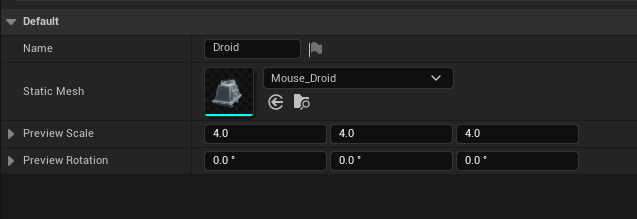EPIC GAMES DESIGN COURSE
MoonScape
I made this game as part of the Epic Games Design Course on Coursera. The assignment was to make an escape-room-style game with at least 3 rooms, a timer, an inventory, and focusing on interaction. It was made in Unreal Engine 5.
MoonScape is a short, first-person, escape-room-style game set on a moon base. You were left alone to tend to some research but now an asteroid has hit the greenhouse that supplies oxygen to the base and the base is no longer habitable. Dawn your EVA suit and prep the shuttle for launch before you run out of oxygen.
The inventory is an actor component stored on the character blueprint and has functions to add, remove, and check for items. The items you can pick up have 2 parts, a data asset and a an actor blueprint.
The data asset stores all the information about an item like the name, static mesh, and preview transforms. The actor blueprint is the physical representation of the item in the world. It has a variable to set which item data asset you want to make and then you can extend the functionality however you like.
Inventory
Indoor sealed areas feature artificial gravity, outdoor vacuum areas have low gravity, you might be able to use this to your advantage for a puzzle. They work by placing gravity volumes in the scene and setting priority values, the player character is constantly checking what the current highest priority volume is and applying the associated gravity scale. They also control the ambient audio.
The orange boxes in the image here are the gravity volumes. Notice there is no gravity volume for the greenhouse because it has been damaged and is no longer sealed. You have to open a vent in the roof to get in and the low gravity allows you to jump back out.
Localized Gravity
You can interact with several objects including the terminals, which have 3D widgets on them like you're actually using the computer. Items you can interact with implement an interact interface and will change your cursor to show that you can interact with them when looking at the them.





